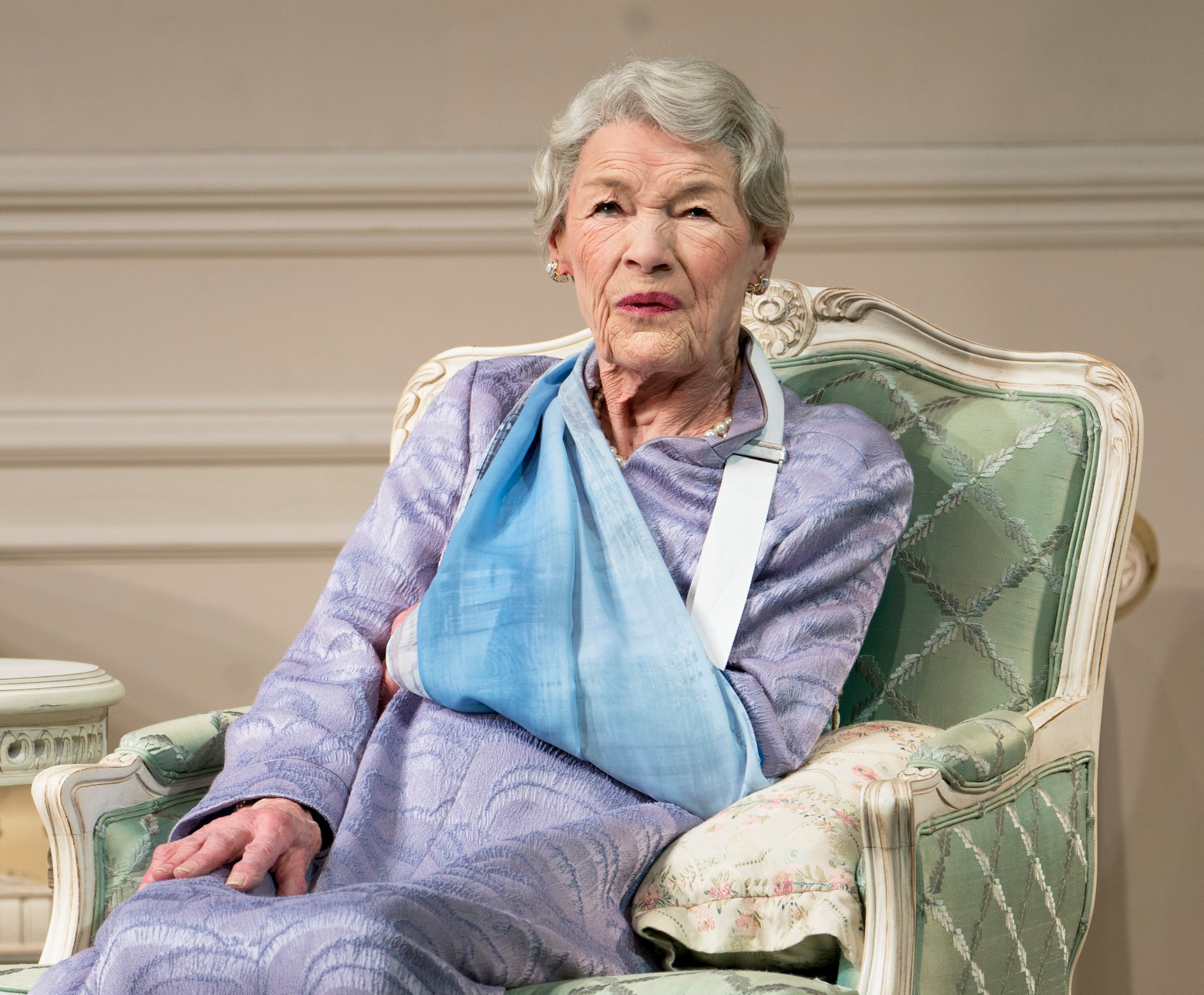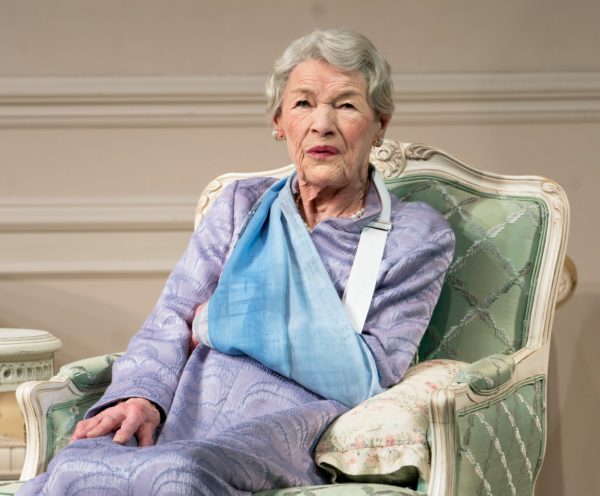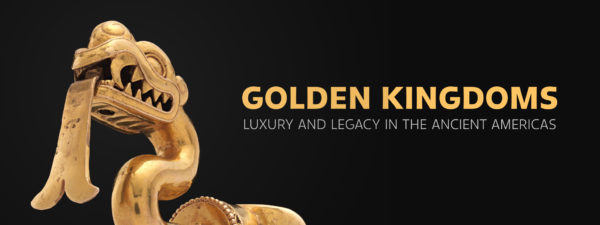
06 May TIO NYC: White Lies, Theater + Art
“Harry Clarke” at the Minetta Lane Theatere through May 12. Don’t miss Billy Crudup’s tour de force performance. Tickets here.
“Three Tall Women” at the Golden Theatre through June 24. Tickets here. Tickets here. Run! Glenda Jackson razzle-dazzles.
“Like Life” is up at the Met Breuer though July 22.
“Golden Kingdoms” at the Met, through May 28.

Billy Crudup stars as a man who reinvents himself in David Cale’s “Harry Clarke.” Credit Sara Krulwich/The New York Times.
“Life is a long drawn out lie, with a sniffling sigh at the end of it,” playwright Eugene O”Neill from “A Long Day’s Journey Into Night.”
The many shades of lies were doing a full peacock over the past couple of days of our stay in New York.
For example, the colorful twin lies of fabrication and deception in downtown writer David Cale’s killer thriller “Harry Clarke,” starring the multi-talented thesp powerhouse, Tony Award winner Billy Crudup giving a tour de force performance in a minimally elegant production.
Trapped in the nondescript Midwestern town of South Bend, Indiana, we meet young Philip years prior to his transformation into Harry of the title. To be precise, Philip Brugglestein is an eight-year-old who is road-testing a British persona and accent that hop-scotches between a posh queen’s English and cockney patois
Phil’s brutal dad Jack does not get his son’s “Britty Brit” and threatens him with electro-shock therapy if he refuses to stop speaking in a British dialect.
A few years later, the scene changes – with a subtle shift in lighting, nothing more.
Philip’s parents are both dead – as is Phil as we knew him. The man has been reborn as Harry Clarke, a dapper, charismatic world traveler and hottie who hails from London and has moved to Manhattan after having abandoned his positively wonderful job as tour manager, personal assistant and whatever for the singer Sade – at least that is the story he tells Mark Schmidt, the wealthy Long Island closeted WASP who, along with his family, does his utmost to ensure Harry continues to live in the style he was supposedly accustomed to.
Yet we root for Harry.
In other words, Harry Clarke is a variation on the theme of dolce vita (and dangerous) Tom Ripley – the “Incredible Mr. Clarke” – also of Sidney Poitier in “Six Degrees of Separation,” yet another play that questions the premise of identity and the values of the entitled upper class.
Like the Schmidts and Poitier’s Kittredges, we are willingly, totally seduced by the anti-hero.
Here is a full-throated rave from Variety.
In his middle period, Edward Albee wrote plays that explored the psychology of maturing, marriage, and sexual relationships. Arguably his daring mix of theatricality and biting dialogue helped to reinvent the post-war American theater in the early 1960s.

Glenda Jackson as a woman over 90 facing mortality, but not very gently, in Edward Albee’s “Three Tall Women.” Credit Sara Krulwich/The New York Times.
The Big Lie (of self-deception) among Albee’s characters – among ourselves – is that we are never going to die, that we are immortal, like gods.
“All of my plays are about people missing the boat, closing down too young, coming to the end of their lives with regret at things not done, as opposed to things done,” the playwright told the New York Times in 1991. “I find most people spend too much time living as if they’re never going to die.
Also, in Albee’s particular and unique case, the lie that all women, especially uber rich ones, deserve the Holy Trinity of money, marriage and motherhood.
Albee won his third Pulitzer Prize for “Three Tall Women,” originally mounted in New York in 1994, now up on Broadway at the Golden Theater. The scathing story explores the playwright’s feelings about his dismissive mother.
The impeccably chic, Cubistic production directed by Joe Mantello stars the legendary actress Glenda Jackson in her second ‘Lear” moment as “A,” a narcissistic woman on her deathbed, once beautiful, always hurtful; Laurie Metcalf (of “Lady Bird” and “A Doll’s House, Part 2” fame, also Tony, Emmy and Golden Globe award winner) as “B,” “A’s”stalwart caretaker; and Alison Pill (of TV’s “The Book of Daniel” and Mantello’s “Blackbird’) as “C,” the lovely young thing who works for “A'”s lawyer and does errands.
By Act II, however, “A,” “B” and “C” dressed in shades of purple are the same woman at different stages of life, variations on the theme of Albee’s adoptive, very rich mom, Frances Reed, whose vitriol and prejudices dogged the gay artist his entire life.
Bring sunglasses, like the ones you wore to stare at the eclipse this past summer. Watching Jackson at work is like gazing straight the sun. At 81, the actress still blazes and dazzles.
A full review of “Three Tall Women”from the New York Times is here.
Leaving the theater for the theater of art, the lies continue to proliferate.
In fact the mind-boggling show at the Met Breuer “Like Life: Sculpture, Color and the Body, (1330 to now),” a thematic omnibus of about 127 pieces of almost exclusively European and American facsimiles of the human form, is based on an historic lie.

“Sleeping Beauty” (1765) by Philippe Curtius, a medical sculptor, remade in 1989 by Madame Tussauds London. Wax sculptures coincided with the rise of Gothic romance. This one inhales and exhales convincingly. Credit Vinc.ent Tullo for The New York Times
That lie, canonized during the Renaissance which revitalized antiquity, is that Greek and Roman marble statuary was white. The truth is those works had lost their original polychromy. That said, even modernism suppressed colorful figurative imagery.
Other lies abounded at the blockbuster show.
Degas’ famous young dancer was an innocent. She wasn’t. We learned at a Degas extravaganza years ago in Turino the model was very likely on a young prostitute.
Her modern African counterpoint is presumedly an innocent too – except that she is toting a gun, which she holds behind her back.
Religious statuary of saints were meant to excite a love of god. True – but only partially so. Many Saint Sebastians and Saint Johns the Baptist, for example, were represented by their makers as such sensuous hunks, the feelings those works excited had a whole lot to do with ecstasy – just not the religious kind.
“Like Life” includes a beautifully clothed, reclining figure based on the ill-fated Madame du Barry, mistress of Louis XV. The figure breaths – or was made to seem to – and thereby excite men through the ages.
The show also includes an El Greco sculpture from the Prado in Madrid.
An 18th-century life-size anatomical Venus from Budapest..
The clothed skeleton of English philosopher Jeremy Bentham (1748–1832), his head reconstituted in wax, from University College London.

“Like Life” juxtaposes sculptures throughout time, such as Duane Hanson’s hyper-realistic “Housepainter II” (1984), left, and “Hermes,” attributed to Polykleitos (A.D. first or second century). Mr. Hanson’s sculpture of a black man whitewashing a brown wall underscores the curators’ point that ancient marbles were originally brightly colored — and that the whiteness of Classical art is a fiction that has “colored” the Western view of perfection. Credit All rights reserved Duane Hanson/Licensed by VAGA, New York; Vincent Tullo for The New York Times.
Here is a scholarly review by art critic Peter Schjeldahl of The New Yorker.
In hindsight we know the lie at Versailles as revealed at “Visitors to Versailles” at the Met (though July 29) is that it was the best of all possible worlds in the best of all possible places, Paris.
At Versailles, the world-famous Hall of Mirrors reflected the outside world – so royals – Kings Louis III, Louis XIV and Louis XV and their entourage – never actually had to go outside.
We know how all that ends.
The show is fun, but very fluffy. Not really Met-y caliber. You can skip it, but don’t miss “Golden Kingdoms” (through May 28).

“Golden Kingdoms” focuses on specific places and times—crucibles of innovation, moments of exceptional achievement in the arts—to explore how materials were selected and transformed, imbued with meaning, and deployed in the most important rituals of their time. The unprecedented exhibition features more than 352 lenders in 12 countries and focuses on luxury arts of the Incas, the Aztecs, and their predecessors, many of which look and feel like modernism was alive among the Incas, Mayans, Aztecs and their predecessors.
The lie in this context?
Historical.
White gods is the belief that ancient cultures around the world were visited by Caucasian races in ancient times.
When the conquistadors led by Francisco Pizarro first encountered the Incas they were greeted as gods,
The day Spanish explorer Hernando Cortez conquered Tenochtitlan, the capital of the Aztec empire and site of present-day Mexico City, however, Mexico changed forever.
Cortez’s men destroyed the city, killed thousands of Aztecs, and ushered in centuries of Spanish rule. They also introduced the Spanish language to an area with a variety of indigenous languages.
The so-called “White gods” had clay feet.
And they messed big time with success.


Sorry, the comment form is closed at this time.